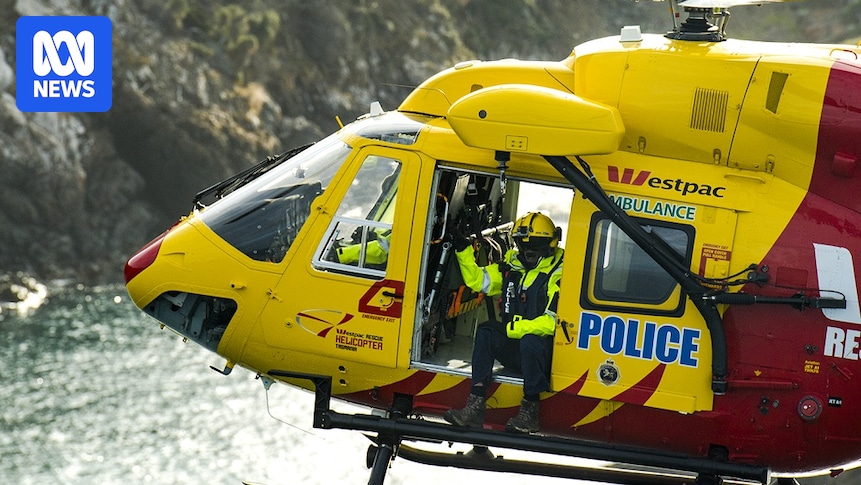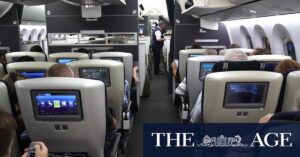
The Tasmanian government has awarded a 12-year contract for emergency aviation services to mainland company StarFlight, ending the long-standing tenure of local operator Rotor-Lift. The decision, announced after an extensive tender process, marks a significant shift in the state’s approach to search and rescue, medical evacuations, and law enforcement aviation services.
For 25 years, Rotor-Lift has been the backbone of Tasmania’s emergency helicopter services. The company’s owner, Allana Corbin, expressed her devastation at losing the contract, describing the day as “very sad” for the Rotor-Lift family. “After 25 years of service to the community, it’s the end of our contract, which is devastating to all of us,” she said. The company, established in 1991, initially focused on helicopter sales and maintenance before securing the government contract.
New Capabilities and Financial Considerations
Health Secretary Dale Webster emphasized that the $354 million contract with StarFlight represents the best value for money and introduces new capabilities. “It brings in new technology, it brings in additional capability including winching of stretchers from the ground,” Webster stated, highlighting features that current helicopters lack.
However, Corbin criticized the decision, arguing that Rotor-Lift’s continued operation would have cost the government significantly less—around $200 million. She contended that the tender process was “very poorly executed” and that Rotor-Lift was not consulted. “We’ve provided a Versace service at a Kmart price,” Corbin remarked, underscoring her belief in the quality and efficiency of Rotor-Lift’s services.
Transition and Future Prospects
The transition to StarFlight will involve significant changes. The new service will be based at Cambridge aerodrome, with a state government-run aerobase yet to be constructed. The contract, set to commence in January 2026, includes an annual lease price negotiation, expected to be around $2.1 million. This move away from Rotor-Lift’s privately owned base reflects a strategic shift by the government.
StarFlight, Australia’s largest aeromedical service and a not-for-profit enterprise, is committed to enhancing Tasmania’s emergency services. Director Jim Elder stated, “We’re going to bring in new aircraft, new personnel, and look at training opportunities here in Tasmania through an academy.” Elder emphasized the company’s dedication to utilizing local talent and providing comprehensive medical services to Tasmanians.
Implications for Rotor-Lift and the Community
While the government praises the new contract’s capabilities, the change is bittersweet for Rotor-Lift and its employees. Acting Tasmania Police Commissioner Jonathan Higgins noted the enhanced capabilities of the new helicopters, which include infrared cameras for improved search and rescue operations. “They’ll be able to track from a greater distance and more effectively,” Higgins explained, highlighting the potential benefits for law enforcement.
Despite the advancements, the loss of the contract is a significant blow to Rotor-Lift. Corbin’s emotional response underscores the personal and professional impact on the company and its 37 staff members. “It’s not just a business. It’s so unique and for me, it’s deeply, deeply personal,” she expressed, reflecting on the legacy of her late husband, Roger Corbin, who led the company until his tragic death in a 2017 training exercise.
As the transition unfolds, StarFlight’s commitment to considering current Rotor-Lift employees for positions offers a glimmer of hope for the affected workforce. The broader implications for Tasmania’s emergency services remain to be seen, as the state navigates this significant change in its aviation rescue operations.





